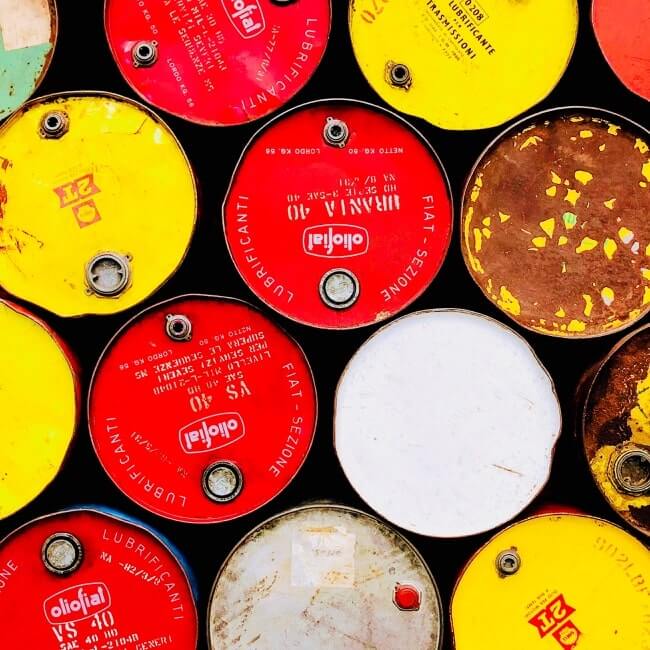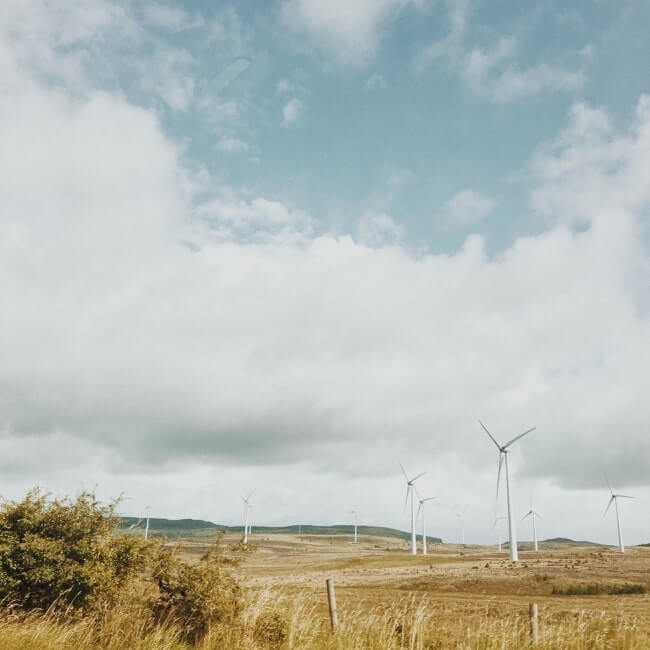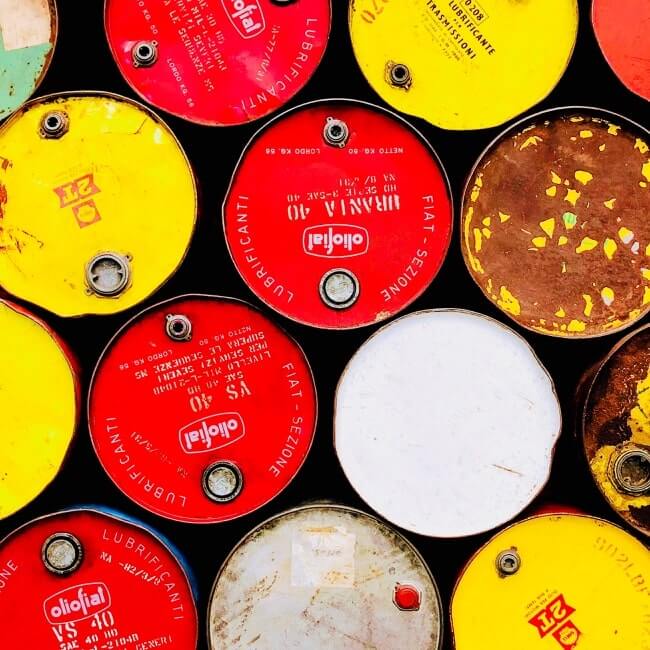Appliance of science: Chile researchers accompanying country's green ammonia push
Ammonia – obtained by combining hydrogen and nitrogen – has been produced and transported for more than 100 years. Globally, knowledge and infrastructure exists, and in Chile the molecule is seen by potential exporters as an attractive hydrogen carrier, given its relative ease of storage and liquefaction.
As the local green hydrogen sector slowly gains traction, the Millenium Institute on Green Ammonia (MIGA) – which has secured 10 years of funding from national R&D agency ANID – is carrying out research work in parallel.
To find out more, BNamericas spoke with Pamela Delgado, executive director of MIGA, founded and led by 10 principal researchers from across four universities: Pontificia Universidad Católica, Universidad de Santiago de Chile, Universidad de Talca and Universidad Austral de Chile.
Including students, researchers and an administrative unit, around 120 people are involved.
This is the first part of a two-part interview.
BNamericas: Can you tell us about your work, what the focus of MIGA is?
Delgado: Our core research proposal is producing ammonia in a new way. What we put forward in our research project was producing this ammonia via a route called tandem electrocatalysis, that is, through a series of electrochemical chain reactions, using water and air, you obtain ammonia directly. You avoid the intermediary steps of electrolysis of water to obtain hydrogen and of the Haber-Bosch process, which is very energy intensive, to obtain the ammonia.
BNamericas: So, the idea is to produce the ammonia using a single system or unit?
Delgado: Yes. This is our proposal. It’s in the early research phases, it’s not something that will be ready for the industry within the next decade, for example. It involves a lot of iterations, that is, trial and error.
Our proposal – and a likely reason there is a lot of public and private interest – also encompasses development of units for direct use of ammonia, taking into account corrosion and wear; the possibility of using ammonia in direct combustion; and the wider ammonia economy, that is, how this energy vector can be inserted into the productive matrix at country level.
These research lines apply to the market in general, not just to this type of ammonia production that we’re researching.
BNamericas: So, you’re conducting work in various areas?
Delgado: Exactly, there are five lines of research. The first is electrocatalysis to produce ammonia. The second concerns the inverse process, since many units today are designed for the use of hydrogen. If we’re thinking about ammonia as a transporter of hydrogen, you need to think about doing things backwards.
BNamericas: You mean cracking the ammonia to obtain hydrogen?
Delgado: Exactly, but it’s not technically cracking in this case. There are various processes to break up the molecule. It’s a kind of oxidation of ammonia to obtain hydrogen.
The third unit is for the direct use of ammonia, principally fuel cells. And the fourth is corrosion and wear of the system components, along with ammonia combustion.
The fifth is the ammonia economy.
BNamericas: This last line is particularly interesting. To date, what potential use cases have you identified in Chile?
Delgado: Chile has the characteristic that we’re quite a small market, so production of green ammonia, as things stand, makes [economic] sense only when we’re talking about large volumes for export.
Today in Chile, the importation of ammonia we have, used principally for production of explosives for mining, ammonium nitrate, is around 350,000t/y.
However, the green ammonia projects based on traditional technology, that is production via Haber-Bosch process using green hydrogen as an input, make sense when production is 750,000t/y or more.
In terms of ammonia projects in the portfolio that are more advanced, we see that there are around eight in the northern zone [Antofagasta region] and eight in the southern zone, Magallanes [region]. And practically all are over 1Mt/y, that is, just one project accounts for around three times as much ammonia as we need annually.
These are huge volumes, and it implies that, in terms of economy, it is being seen principally as a vector for export to Europe and elsewhere.
However, the principal use of ammonia today at global level is not energy; it’s for fertilizers. And in Chile, it has not yet been considered how to insert it into the fertilizer value chain as an alternative to justify projects in other zones, for example.
BNamericas: You’re alluding to Chile’s central zone, where there are lots of farms?
Delgado: Exactly, looking at all the applications green ammonia could have on different scales because here the issue of scale is dictated mainly by Haber-Bosch technology. However, new technologies are emerging that permit a reduction in scale and maybe permit distributed production for local usage.
BNamericas: And one of these solutions is, of course, yours?
Delgado: Exactly. Ours is positioned as a possible distributed ammonia production solution, which could result in small units in the agricultural sector for production of ammonium nitrate, fertilizer, for example.
BNamericas: But like you said, we’re talking about the 2030s potentially?
Delgado: In terms of this technology in particular, it’s difficult to estimate because it’s high-risk. It could reach a point where everything indicates you cannot scale-up, but we don’t know yet of course.
There are many technologies being developed, some more advanced than others.
Subscribe to the leading business intelligence platform in Latin America with different tools for Providers, Contractors, Operators, Government, Legal, Financial and Insurance industries.
News in: Petrochemicals (Chile)

Reinicie su negocio con Bureau Veritas
Bureau Veritas está disponible para apoyar la reactivación comercial de todos los sectores, bajo condiciones adecuadas de salud y seguridad.

Chile touts up to US$48bn in opportunities to slash carbon emissions
The plan involves reducing emissions in key economic sectors, including energy, mining, construction, industry and transport, as well as developing...
Subscribe to Latin America’s most trusted business intelligence platform.
Other projects in: Petrochemicals
Get critical information about thousands of Petrochemicals projects in Latin America: what stages they're in, capex, related companies, contacts and more.
- Project: Butadiene Plant
- Current stage:

- Updated:
8 years ago
- Project: Alagoas PVC Plant
- Current stage:

- Updated:
3 years ago
- Project: Etileno XXI Petrochemical Complex
- Current stage:

- Updated:
4 years ago
- Project: Cellulosic ethanol plant
- Current stage:

- Updated:
3 years ago
- Project: Ivinhema Ethanol and Sugar Processing Plant
- Current stage:

- Updated:
3 years ago
Other companies in: Petrochemicals (Chile)
Get critical information about thousands of Petrochemicals companies in Latin America: their projects, contacts, shareholders, related news and more.
- Company: Ferrostaal Chile S.A.C.
-
Comprehensive tailor-made solutions for the Industrial Plants, Maintenance, Transportation and Services sectors. Equipment and services for large mining and industry, solutions ...
- Company: Empresa Nacional de Energía S.A. (Enex)
-
Empresa Nacional de Energía Enex S.A. (Enex) participates in the Chilean oil industry through the sale of fuels, lubricants, asphalts and chemicals. It encompasses different mar...
- Company: Enap Refinerías S.A. (Enap Refinerias)
-
Enap Refinerías S.A., the refining subsidiary of Chile's state oil company Enap, engages in the processing and production of fuel and oil products, as well as logistics infrastr...
- Company: BASF Chile S.A. (BASF Chile)
-
BASF Chile, a subsidiary of German chemical company BASF SE, started operations in Chile in 1910 representing the firm on the Pacific Coast, and supplying Peru, Bolivia, Ecuador...
- Company: HIF SpA (HIF)
-
The description included in this profile was taken directly from an official source and has not been modified or edited by the BNamericas’ researchers. However, it may have been...
- Company: Dynamo Weltweit Logistik SpA (Dynamo Weltweit Logistik)
-
The description included in this profile was taken directly from an official source and has not been modified or edited by the BNamericas’ researchers. However, it may have been...
- Company: Agencias Universales S.A. (Agunsa)
-
The description included in this profile was taken directly from an official source and has not been modified or edited by the BNamericas’ researchers. However, it may have been...
- Company: KSB Chile S.A.
-
The Chilean subsidiary of KSB, manufacturer and distributor of industrial pumps and valves, was established in 1994. It has seven branches throughout the country (Iquique, Antof...





